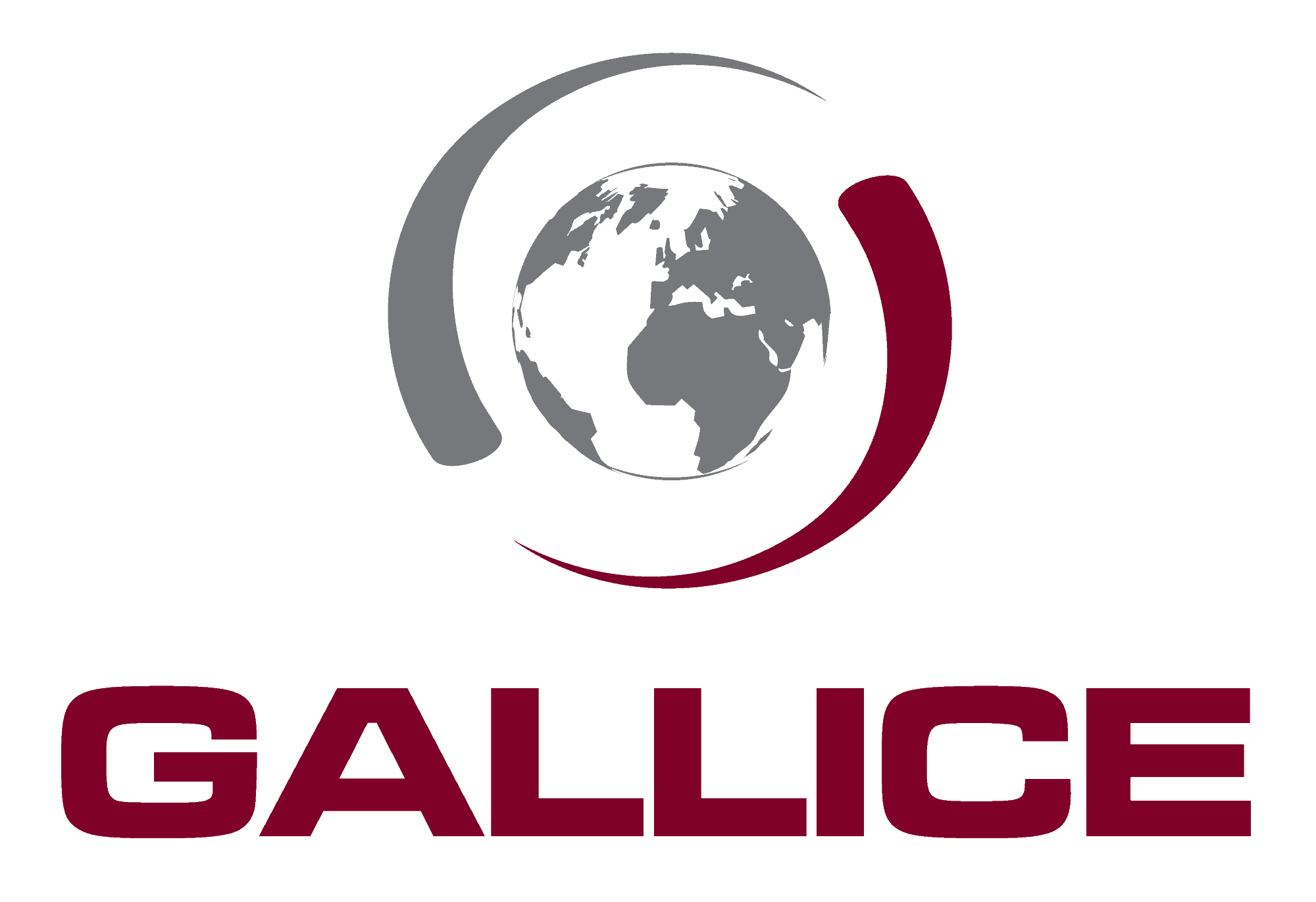SOUTH AFRICA
South Africa remains, in 2025, a country with one of the highest urban crime rates in the world. Homicides, rape, carjackings, and burglaries remain alarmingly high, with a persistent climate of impunity contributing to the overall sense of insecurity. Major cities and surrounding areas—Johannesburg, Cape Town, Durban, Port Elizabeth, and smaller towns like Queenstown and Mossel Bay—are the most affected.
While the political climate remains relatively stable, growing social tensions are notable. Economic hardship affects a large portion of the population, exacerbating structural inequalities inherited from apartheid. Massive youth unemployment continues to drive endemic crime.
Foreign nationals, especially those perceived as Western, are frequently targeted—both for their presumed wealth and as scapegoats in certain local contexts. Assaults in tourist or upscale residential areas are not uncommon, even in broad daylight.
Rural areas are not exempt. Farms are often targeted, vehicles hijacked, and violent attacks occur frequently. Many travellers have been assaulted in nature reserves or on secondary roads, sometimes near official checkpoints.
In 2025, townships and informal settlements should still be strictly avoided, even with a guide. Walking around—day or night—is strongly discouraged, including in supposedly safe tourist districts. The terrorist threat remains low, but the general security situation requires strict measures: organised travel, controlled itineraries, avoiding displays of wealth, and reliance on trusted local providers.
